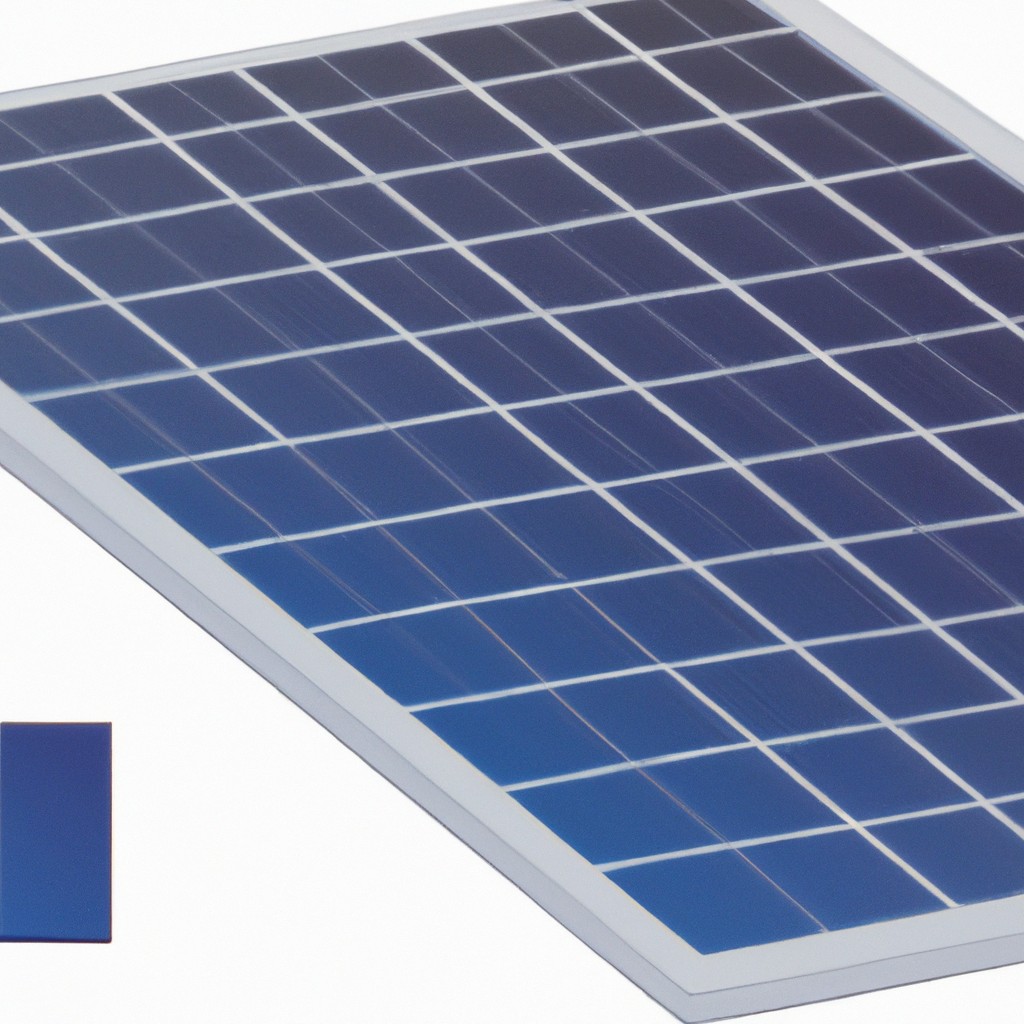This article will explain how solar energy storage systems work and the options available to harness the power of the sun day and night.
Key takeaways:
- Solar energy storage systems store excess energy for nighttime use.
- Combining storage with solar provides reliability and energy independence.
- Solar batteries work with solar panels to store and release energy.
- Assess the value of solar batteries based on setup costs, performance, and reliability.
- Future advancements include increased storage capacity and innovative materials.
What Is Solar Energy Storage?

Solar energy storage systems are the night owls of the energy world; they store the sun’s power when it’s abundant during daylight, ready to light up our homes once the sun takes its own snooze. Essentially, these are high-tech batteries that capture solar energy and hold onto it until we’re ready to use it—whether that’s at night, on a cloudy day, or during a power outage.
You can think of solar energy storage as a bank account where you deposit energy instead of money. Just like you save funds for a rainy day, your solar battery saves energy for times when the grid can’t deliver. Picture it as nature’s version of saving the best slice of cake for later; we harness the sun’s generosity and save it for a time when we need a sweet boost of power.
Storage works hand-in-hand with solar panels—which do the heavy lifting by converting sunlight into electrical power. While solar panels are the star quarterbacks throwing touchdowns during the day, solar batteries are the dependable players who take the field when the game goes into overtime at night.
The concept is straightforward, but the implications are profound. With solar storage, energy independence becomes more attainable, efficiency goes through the roof, and renewable power gets a chance to shine around the clock. Plus, with fewer trips to the grid, it helps your wallet breathe easier too. Think of it as making your home an all-you-can-eat buffet of clean energy—never running out, always satisfying.
Advantages of Combining Storage and Solar
Integrating storage solutions with solar systems has a host of benefits that go beyond simply capturing the sun’s rays. Foremost among these is the ability to keep the lights on when the sun calls it a day. Solar batteries store excess energy generated during peak sunlight hours, making it available for use at night or during power outages. This reliability is a game-changer for those who would rather not fumble around for candles during a blackout.
Moreover, joining solar power with efficient storage enables homeowners to wield greater control over their electricity usage. It’s a smart financial move, too, as it provides a buffer against rising energy costs by reducing dependence on the grid. Especially during peak demand times when utility rates tend to surge, owners can draw from their reserves, keeping wallets happy.
Additionally, this duo is an eco-friendly powerhouse. By using stored renewable energy, households cut down on their carbon footprint and contribute to a greener planet. Every joule of solar juice used is a step away from fossil fuel reliance.
Finally, there’s no denying the satisfaction that comes from owning a personal energy station. It’s like having a miniature power plant on your property—one that’s clean, quiet, and remarkably low-maintenance. Sunshine never felt so empowering.
How Solar Batteries Work
Imagine solar batteries as diligent bees, stashing away the sun’s energy during the day. Come nightfall, or when clouds play peek-a-boo with the sun, these batteries release the stored power, ensuring your home stays bright and cozy.
They work in tandem with solar panels, which convert sunlight into electricity. Imagine this energy as water flowing through pipes—a solar inverter is like a clever water meter that directs this flow. When your appliances need to quench their thirst, the inverter ensures they get their fill. Any extra “water” gets funneled into the battery for later use.
These batteries are like savings accounts for sunshine. They use sophisticated chemistry, usually lithium-ion these days, to keep energy locked in until you need it, acting like reservoirs holding back the water until the dry season hits. When you flip that light switch at sunset, the batteries put the stored energy to work, powering your home with the banked solar power.
It’s clean energy shifting hours. You collect the solar energy at high noon and use it to watch your favorite late-night show, all thanks to the harmony of solar panels and batteries. They’re like the dynamic duos of energy—Batman and Robin, but for your electric bill.
Assessing the Value of Solar Batteries
To gauge the worth of solar batteries, dive into the numbers. Start by looking at initial setup costs versus long-term savings. A solar battery may seem like a hefty investment upfront, but consider the potential of eliminating electricity bills down the road.
Next, think about the concept of “self-consumption.” This is the proportion of solar-generated energy you actually use on site. A higher self-consumption rate means you draw less from the grid, saving more money over time.
Performance is another cornerstone. Measure this by the battery’s depth of discharge (DoD)—how much energy can be used relative to the battery’s total capacity. A higher DoD often indicates a longer lifespan and thus, better value.
Don’t forget about reliability. In areas with frequent power outages, a solar battery can be a real lifesaver, keeping lights on and fridges running.
Lastly, contemplate the environmental impact. By using a solar battery, you contribute to reducing dependence on fossil fuels and promote a cleaner future, and that, in itself, holds immeasurable value.
The Future of Solar Energy Storage Technology
As the sun plays peek-a-boo with the clouds, solar technology isn’t twiddling its thumbs. Research is vrooming ahead at full tilt, promising nifty advancements in storage capacity and efficiency. Picture a battery on steroids, but the good kind! Lithium-ion batteries are set to get beefier, storing more energy in a smaller package – great news for those struggling with space.
Beyond lithium, scientists are dabbling with other materials, such as vanadium and zinc-based solutions, that could leapfrog current technology. These novel materials aim to tick boxes for durability and environmental friendliness, all while keeping costs in check.
Smart software is another piece of the puzzle getting a major tune-up. It’s getting slicker at predicting the best times to store and release energy, making sure you get the most bang for your buck. Solar storage is going to be sharper, not just bulkier.
And let’s not forget the industry’s MasterChef, grid integration. It’s whisking together renewable energy sources to create a gourmet energy mix that’s more stable and reliable. Thanks to better energy storage solutions, solar power can now bring its A-game 24/7, rain or shine.
Cue the drumroll for the pièce de résistance – the marriage of solar storage with electric vehicles (EVs). This combo platter serves up the possibility of your EV battery moonlighting as a storage unit for your home. Hello, versatility!
So keep your eyes peeled; the future of solar energy storage is bright and full of innovation, just like a clear summer’s day after a week of rain. You’ll want to bask in the glow of what’s to come.




